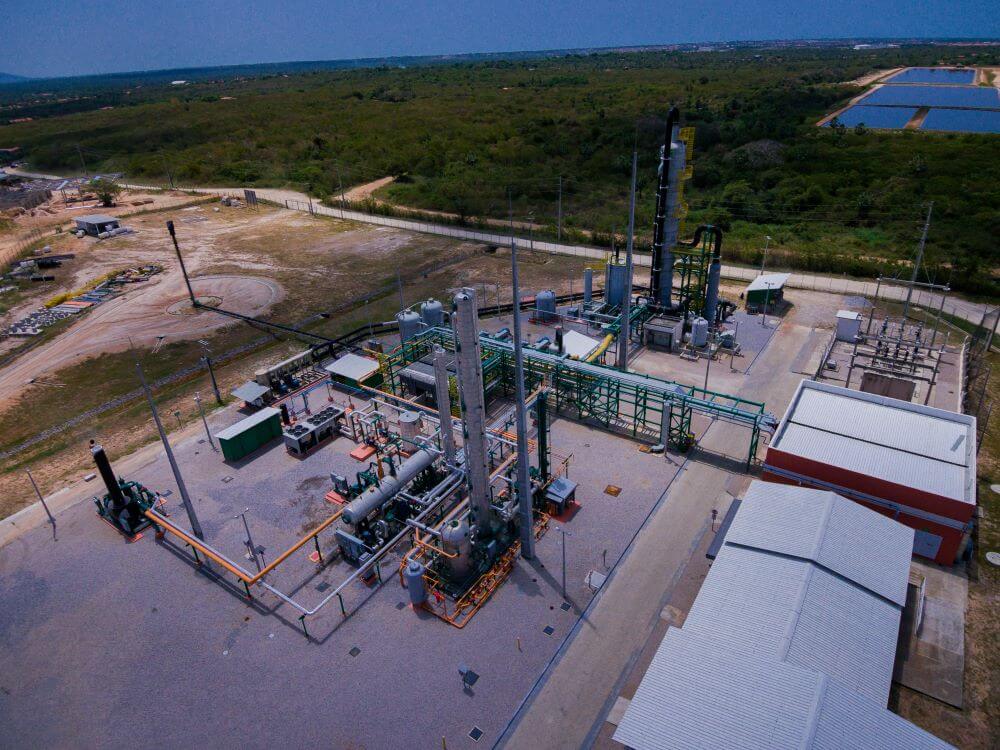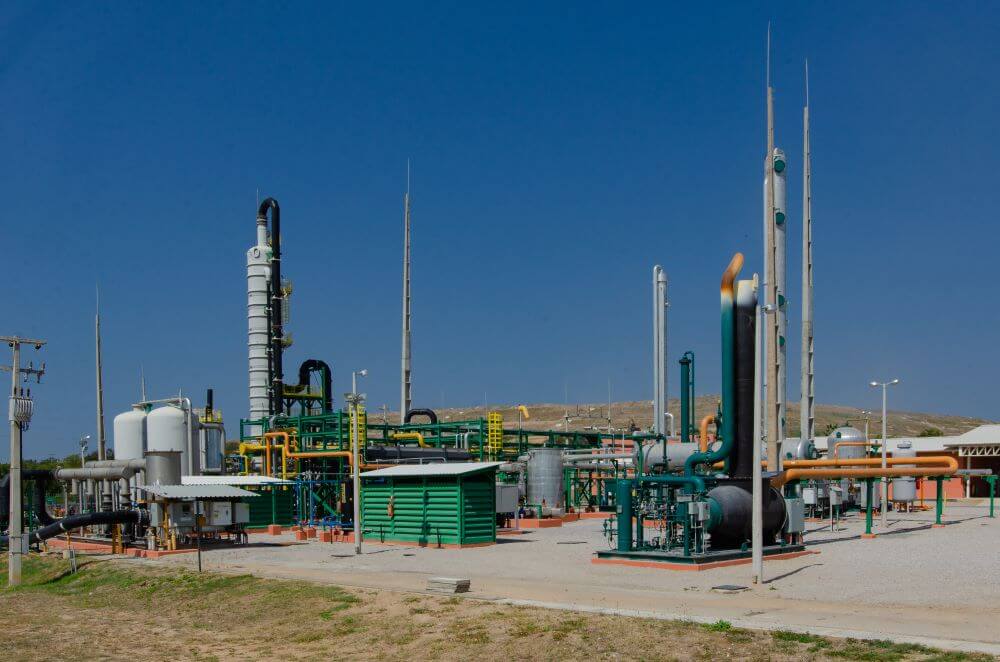Oeste de Caucaia Landfill Project

Introduction
The Oeste de Caucaia Landfill Project is a pioneering example of how modern waste management can deliver significant climate, economic, and community benefits. Located in Caucaia, in the metropolitan region of Fortaleza, Ceará, Brazil, this project captures methane-rich landfill gas and transforms it into biomethane, which is then injected into the local natural gas network. By preventing methane—a greenhouse gas over 25 times more potent than carbon dioxide—from escaping into the atmosphere, the Oeste de Caucaia Landfill Project is making a measurable impact on climate action, sustainable energy, and local development.
Table of Contents
Project Overview
The Oeste de Caucaia landfill, operated by Ecofor, serves as a municipal landfill for urban solid waste. The project’s primary goal is to avoid the emission of greenhouse gases generated at the landfill through the capture, purification (biomethanization), and injection of biomethane into the Companhia de Gás do Ceará (CEGÁS) natural gas distribution network. This innovative system uses advanced landfill gas capture technology, ensuring that methane is collected before it can escape and contribute to climate change.
After capture, the landfill gas is sent to a processing unit where it undergoes biomethanization—a purification process that removes impurities and upgrades the gas to pipeline quality. The resulting biomethane now accounts for about 16% of the total flow in the CEGÁS distribution network, directly displacing fossil fuel-based natural gas and supporting the region’s energy transition.

Climate and Environmental Impact
Methane is one of the most potent greenhouse gases, and landfills are a major source of anthropogenic methane emissions. By capturing and processing landfill gas, the Oeste de Caucaia project prevents an estimated 318,000 metric tonnes of CO₂-equivalent emissions annually during its crediting period. This not only helps Brazil meet its climate targets but also improves local air quality by reducing odors and hazardous air pollutants.
The project also minimizes the risk of landfill fires and explosions, which are often caused by the uncontrolled buildup of methane. Additionally, by supplying renewable biomethane to the local grid, the project reduces reliance on fossil fuels and supports Brazil’s renewable energy goals.
Economic and Social Benefits
The Oeste de Caucaia Landfill Project delivers substantial economic and social benefits to the local community. It creates jobs in engineering, facility management, and environmental monitoring, and supports local economic growth through the payment of taxes and royalties. The project also invests in community engagement by offering lectures and courses on basic sanitation, climate change, and renewable energy, helping to raise awareness and build capacity for sustainable development.
The company behind the project has gender equality policies, with women occupying leadership positions, and is committed to promoting inclusive and sustainable economic growth, full and productive employment, and decent work for all.
Project Certification and Transparency
The Oeste de Caucaia project is registered with the United Nations Clean Development Mechanism (CDM) and is in the process of registering with the Gold Standard and Verra (VCS) for further validation and transparency. Rigorous monitoring, third-party verification, and public reporting ensure that all emission reductions are real, additional, and permanent. The project is also open to public comment periods, allowing stakeholders to provide feedback and ensuring accountability at every step.
Community Engagement and Sustainable Development Goals
Beyond its climate and energy contributions, the Oeste de Caucaia Landfill Project is aligned with several United Nations Sustainable Development Goals (SDGs), including:
- SDG 5: Gender equality, with women in leadership roles.
- SDG 7: Renewable energy generation.
- SDG 8: Promotion of sustained, inclusive economic growth and decent work.
- SDG 13: Climate action through greenhouse gas emission reductions.
The project’s integration with the local community, job creation, and support for education and infrastructure further reinforce its role as a model for sustainable urban development.
Conclusion
The Oeste de Caucaia Landfill Project demonstrates the transformative potential of innovative waste management. By capturing methane, producing renewable biomethane, and supporting local communities, the project delivers measurable benefits for climate, economy, and society. As cities and regions worldwide seek scalable solutions for waste and energy, Oeste de Caucaia stands as a leading example of how landfill gas projects can power a cleaner, more sustainable future.
Verified Project: This landfill gas project is certified under the Verified Carbon Standard (VCS) by Verra. Find it on Verra Registry.
Impact Fact: It captures methane equivalent to the annual emissions of over 25,000 cars.
Author’s Note: By supporting this project, Coffset customers help turn landfill waste into clean energy for the local community.
Take action today, calculate your emissions using Coffset’s carbon footprint calculator and contribute to projects that make a real difference!
References:
https://cdm.unfccc.int/Projects/DB/RINA1454324700.11/view
https://market.climatetrade.com/projects?id=313
https://beng.eng.br/en-us/projects/item/oeste-de-caucaia-landfill-project-activity
https://verra.org/projects-open-for-public-comment-3-april-2023/